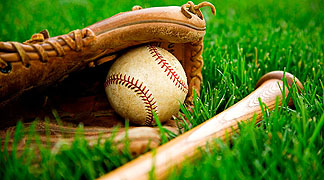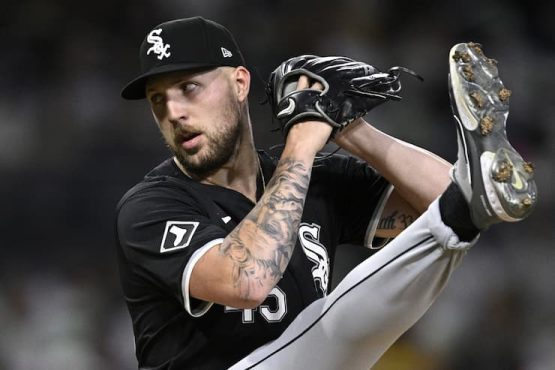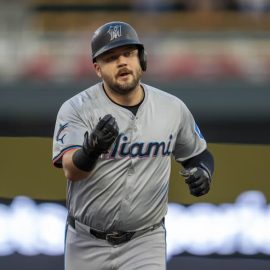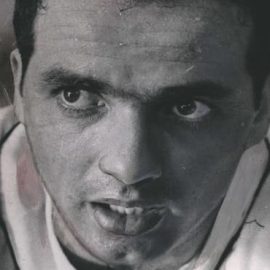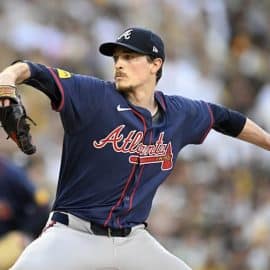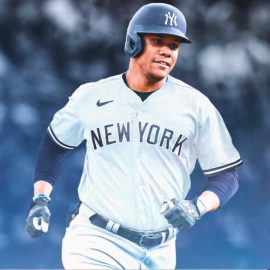As we careen into the first several weeks of the 2018 MLB season, it’s a good time to address the most annoying reoccurring baseball “controversy” that continues to plague the sports media and various chumps throughout the land.

(That would be anything after, say, 1960.)
But to continue to rehash tired discussions about defensive shifting is beginning (as Dr. Hannibal Lecter might say) to make me very cross:
When faced with defensive shifts, why don’t MLB hitters slap a hit, or bunt, the other way? If they would just do that every time, those annoying shifts would quickly disappear.
The incessant and mindless caterwauling about defensive shifting has now become fingernails-on-blackboard white noise in the baseball media. And throughout the general baseball community.
Here are the three reasons why Major League hitters will not attempt to “defeat” shifting, except in rare instances.
1. It is amusing to hear information-challenged writers and fans demanding that defensive shifts in the infield should be banned by Major League Baseball. (I guess they’re OK with outfielders defensively shifting to the left and right, and in and out).
But what’s really bizarre is why anyone who actually follows the game is still asking this question: do shifts really work?
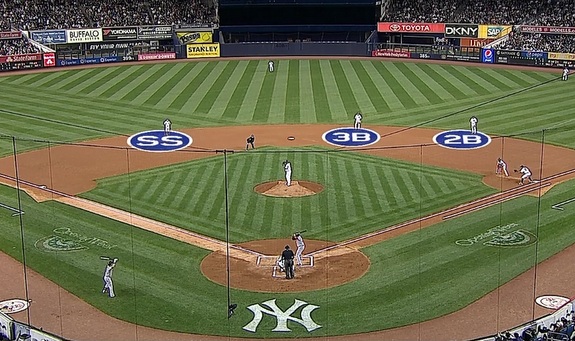
And in 2016 28,074 defensive shifts saved 359 runs—78.20 S/R.
The idea that someone would believe that thousands of defensive shifts are increasingly being used by billion-dollar baseball franchises without any data to quantify the results is, frankly, stunning.
But it’s a reminder of how often fly-by commentators, and the generally unfocused, believe their own unsubstantiated “analysis”.
In fact, defensive shifts prevent run scoring. Which is, by the way, one of the two prime goals in playing Major League Baseball. (The other being to create run production.)
Without defensive shifts the ongoing revolution in batting launch angles, one of the primary causes of the modern surge in home runs, would impact the game even more profoundly than it has in the past several years.
2. Here’s the other defensive shifts-related question that needs to immediately disappear: Why don’t MLB hitters just bunt or hit against the shift to beat it? And then, you know, all that shifting will go away.
The whole idea behind defensive shifts is that teams now have years of data that track every hitter’s at-bat each season. How individual batters hit righties, lefties, specific pitchers, with runners on base, and so on.
So teams should ignore that valuable data and not use it to their advantage?
Also, understand that this is a universe of players who have tirelessly worked since little league to hone their individual power hitting skills (skills that are now earning them tens of millions of dollars a year).
To think that they would casually abandon their power stroke to “go the other way” to beat a defensive shift is delusional.
Getting to the big leagues is an extraordinary athletic achievement. Staying in the big leagues is a monumental athletic achievement. Bunting and slap-hitting are (quite correctly) not high on any hitter’s resume.
Pull hitters like the Rangers’ Joey Gallo, San Francisco first baseman Brandon Belt, and Gregory Polanco of the Pirates are not going to abandon what got them to the bigs, and has made them multi-millionaires, just because of defensive shifting.
And guess what? If a defensive shift makes a talented hitter (and at the Major League level they’re all talented) try to bunt instead of hit a home run or double, one way or another the opposing team has successfully diminished that hitter’s offensive potency.
3. Finally, a player who routinely abandons his power stroke to beat defensive shifting may also be in for a big surprise at contract time.
As I noted in a piece last year, management will happily point out any decrease in a player’s slugging percentage, which could potentially cost that player money.
Why? Because hitters are paid tremendously more for getting extra base hits and driving in runs, then they are for bunting or slapping a single the other way because of a defensive shift.
So what is the actual future of MLB defensive shifting? Look at the 2017 season, and the start of the 2018 season.
The new wave of creative defensive positioning is to apply an “adaptive defense” in both the outfield and infield for every individual batter.
When Joey Gallo of the Texas Rangers stepped to the plate for his first at-bat in 2018, he faced a Houston Astros defense that featured a four-man outfield and three infielders on the right side of the diamond.
The slugging, lefty pull-hitting Gallo went 0-4 with a walk in a game Houston won 4-1.

New Philadelphia Phillies Manager Gabe Kapler worked during Spring Training to switch position players during an inning to gain defensive advantages against specific hitters.
Kapler stated he will do anything to gain a defensive advantage at any time in any game.
Which would make actual baseball history.
Five-man infield and four-man outfield alignments have been used episodically throughout the history of baseball. The Dodgers occasionally used a five-man infield in 1951, as did Branch Rickey’s Pirates several years later.
In the 1950s and 1960s, the “Ted Williams defense” was an iconic cutting edge defensive tactic. We’ve also seen modern variations of those alignments in the 9th inning of tie games when the home team has a runner in scoring position.
But Gabe Kepler’s idea is a truly an original one, which could morph into a whole new dimension of new-age tactical defense throughout the game for years to come.
The old school cliché is that baseball never changes. Which is, like a lot of “old school” nonsense, completely untrue.
The actual history of Major League Baseball is an unending series of dramatic changes and critical adjustments within the broad context of baseball in each era.
Stop any aspect of that change, make rules against the maturation of baseball, and you not only interfere with the evolution of the game, you disrespect the profound role of change in the history of our national pastime.
Add The Sports Daily to your Google News Feed!
